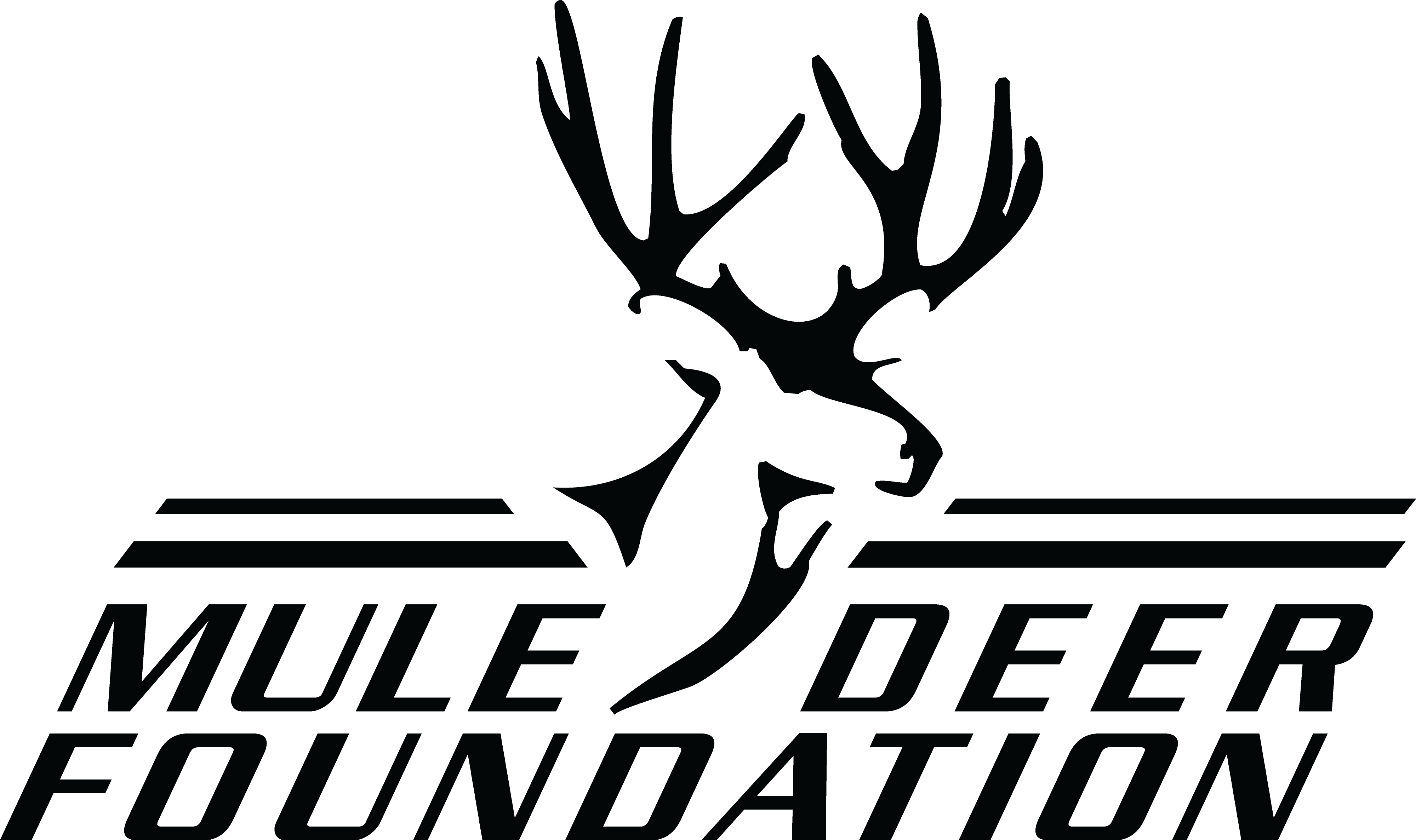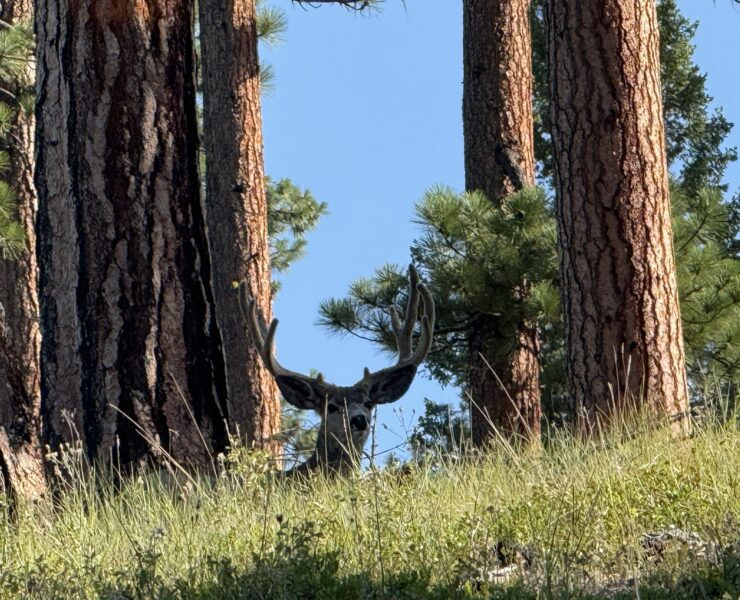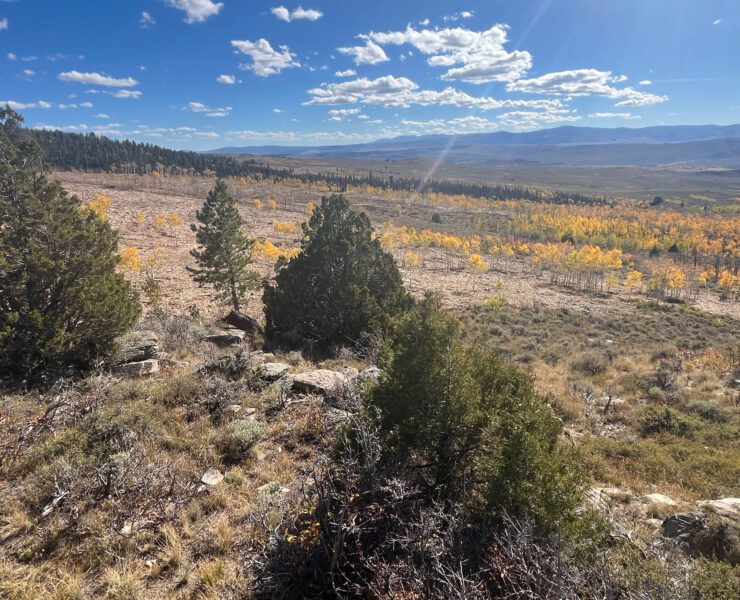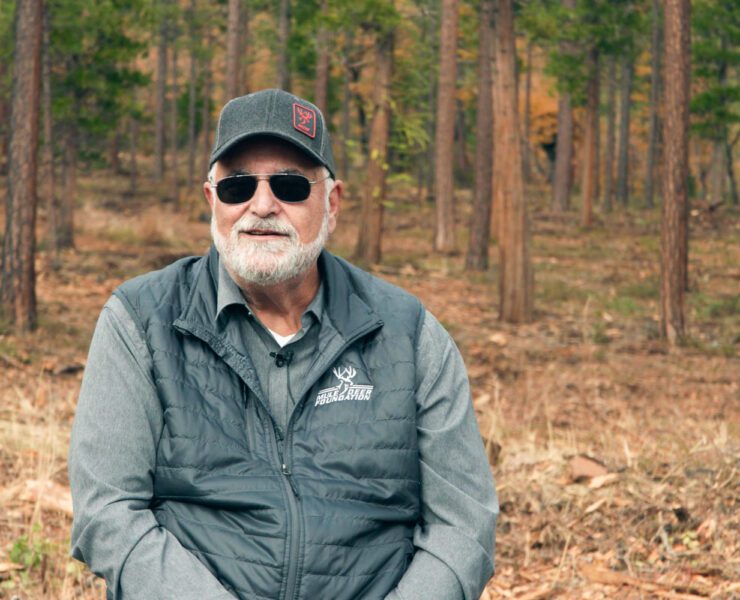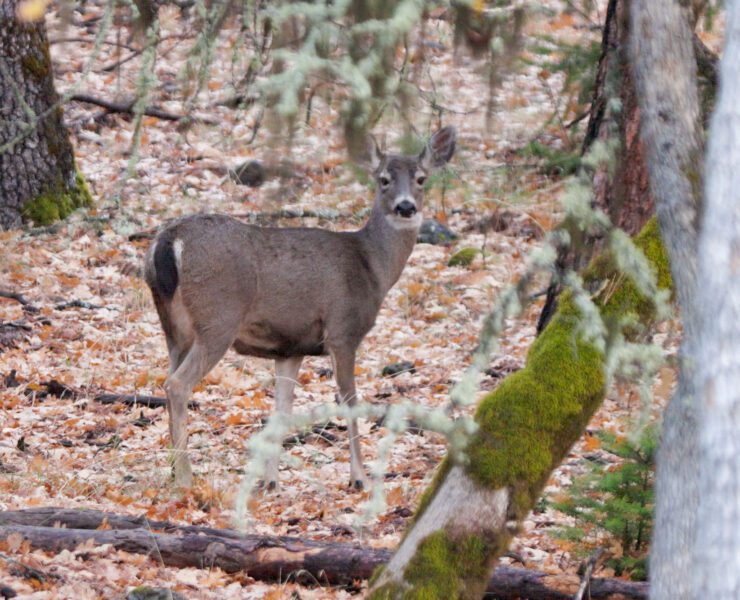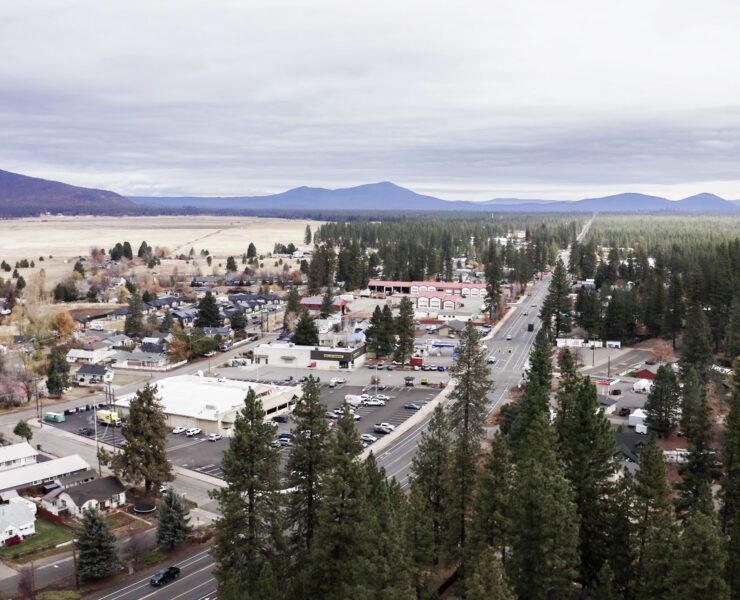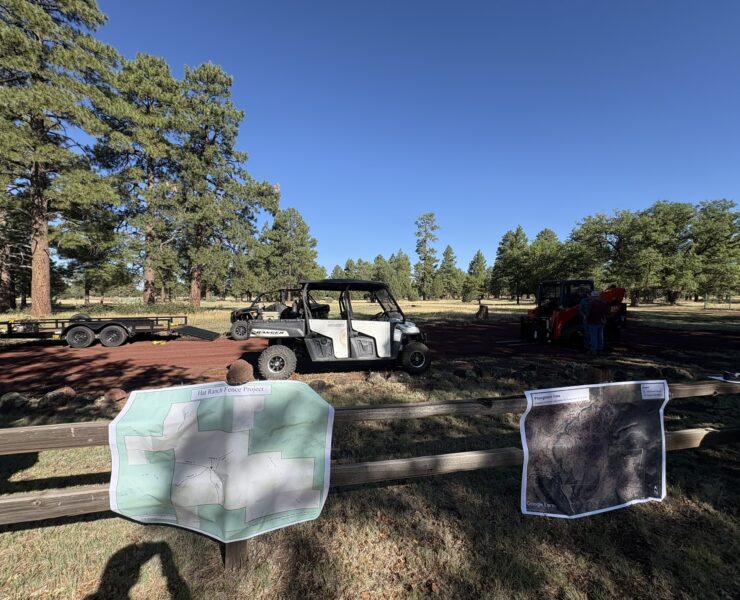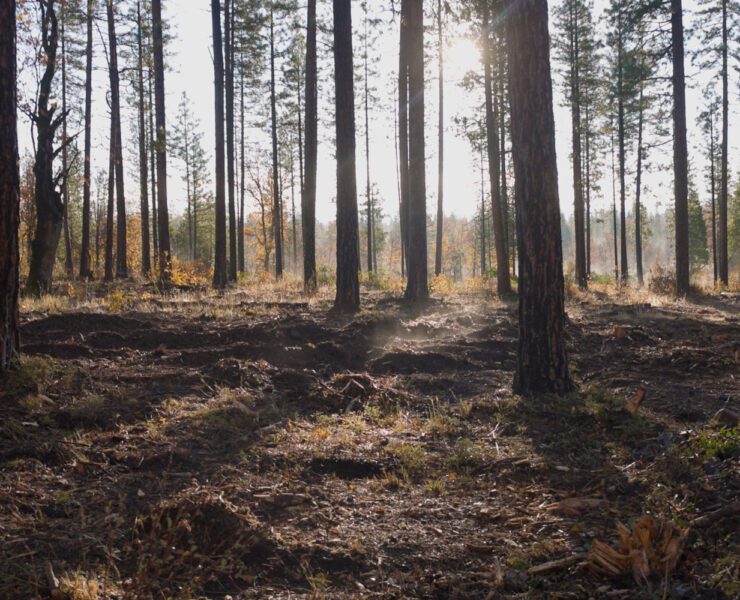Conservation

Wildfires are an inevitable part of the western landscape, shaping ecosystems and influencing wildlife behavior. For mule deer hunters, understanding how burn areas and regrowth stages affect deer movement and feeding patterns can make the difference between a successful hunt and a long, fruitless trek.

I am an avid outdoorsman and conservationist who grew up in the Black Hills of South Dakota. This region and our way of life instilled in me a deep appreciation and passion for wildlife and wild places. I consider myself fortunate to work, recreate, and raise a family along the boundary of the American West and the Great Plains. Whether I’m managing a habitat project, fighting fires with the local VFD, or pursuing big game, I’m driven by a desire to leave things better than I found them—ensuring that my daughter and future generations can enjoy the same opportunities and landscapes that I have.
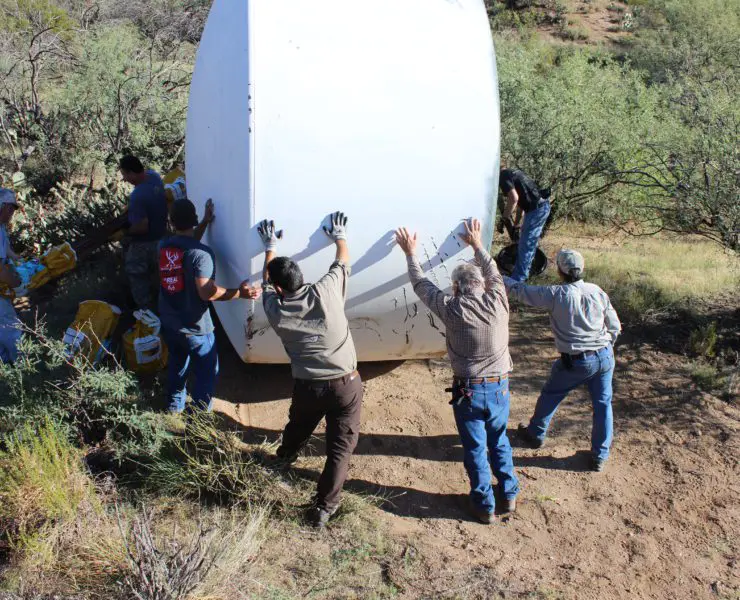
On the dry ridges outside Tucson, AZ hunters know that a year of poor rainfall can turn a once familiar hunting ground into an unfamiliar puzzle. Traditional glassing spots may come up empty, and the basins that normally hold deer can feel barren. But those who adjust their strategy now hyper focusing on scarce water sources, higher elevation forage, and subtle changes in deer movement can still find success even in tough years.


